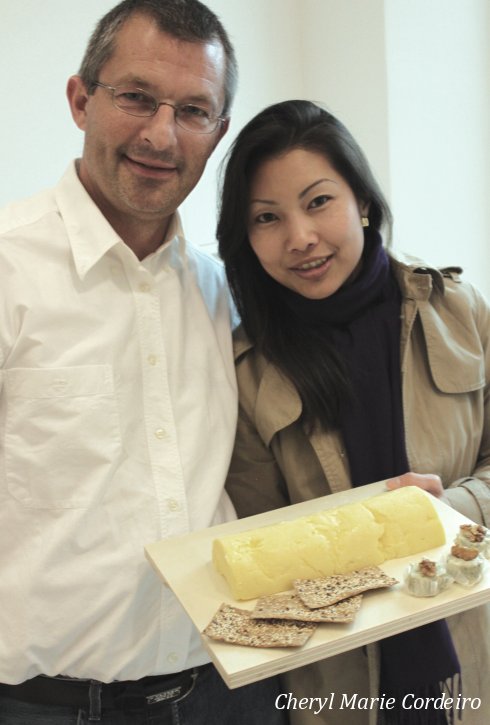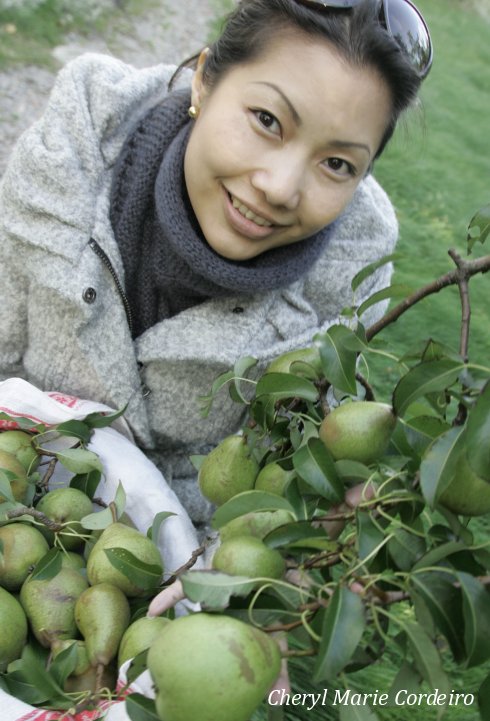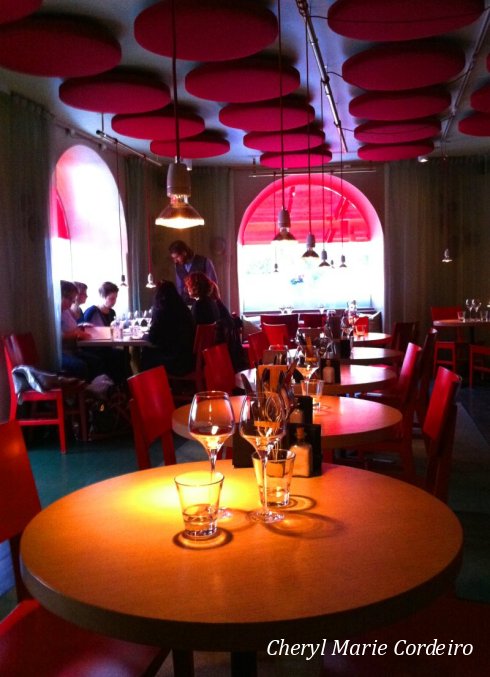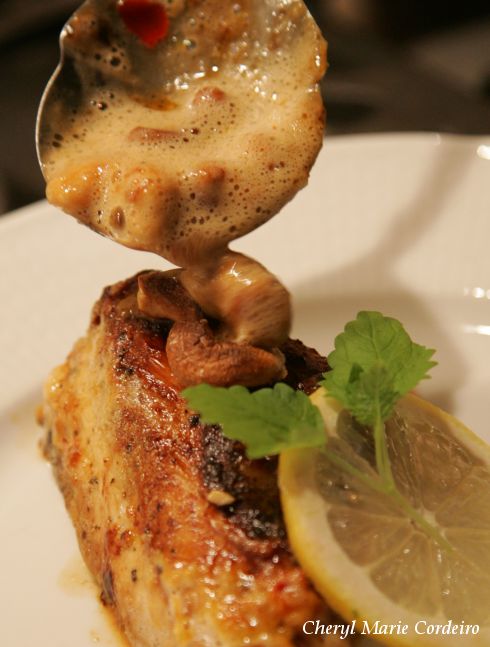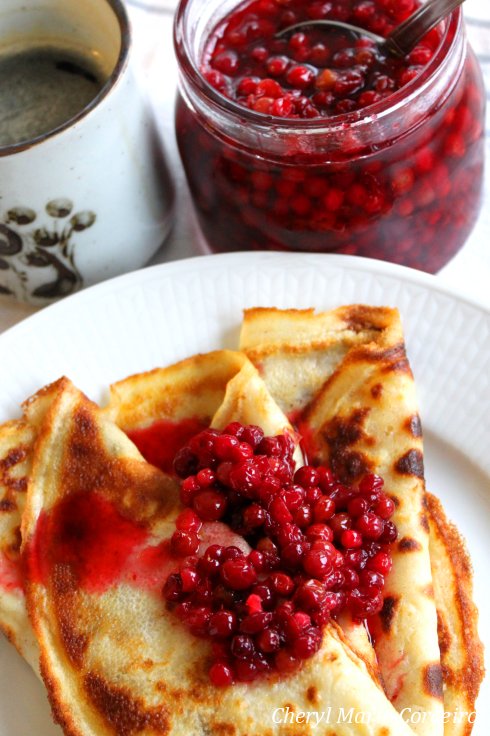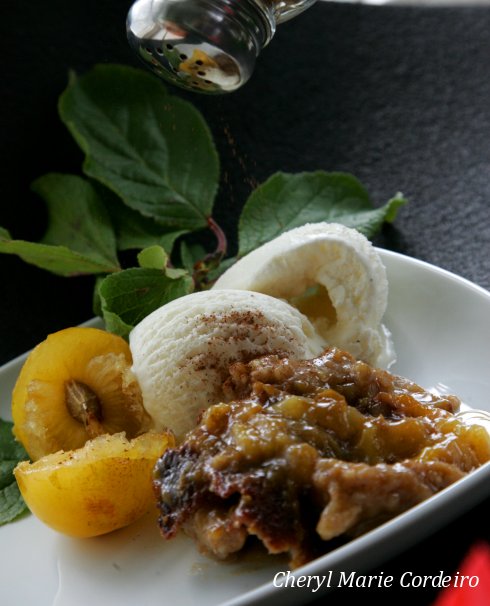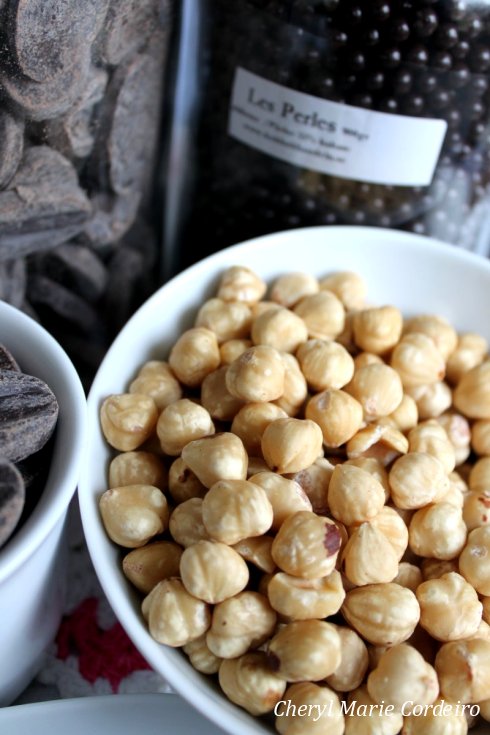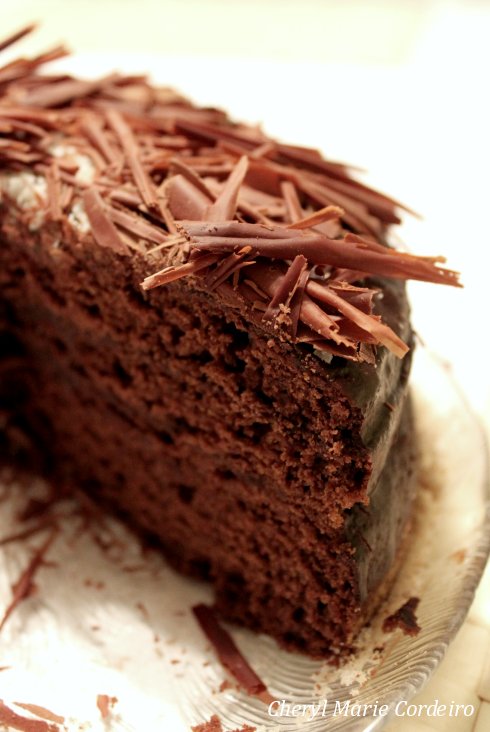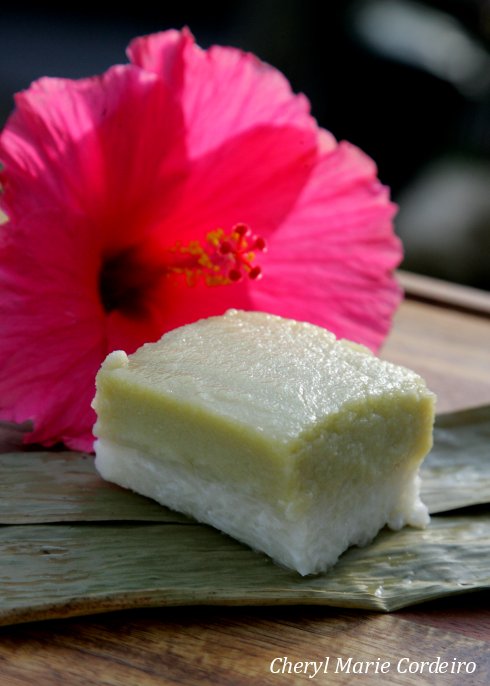Cheryl Marie Cordeiro, with Ola Dahlman of Grebbestad Bageri in Sweden.
Photos © JE Nilsson and CM Cordeiro 2011
It was back in the early 1990s that I was first introduced to Nordic hard-breads or crispbreads in Singapore, where I found them most unpalatable, having had no clue what those crispbreads could be good for if not as complement to soups or generously lathed with butter (not margarine) before biting into.
Continue reading “Tångbröd, from Grebbestad, Sweden”
